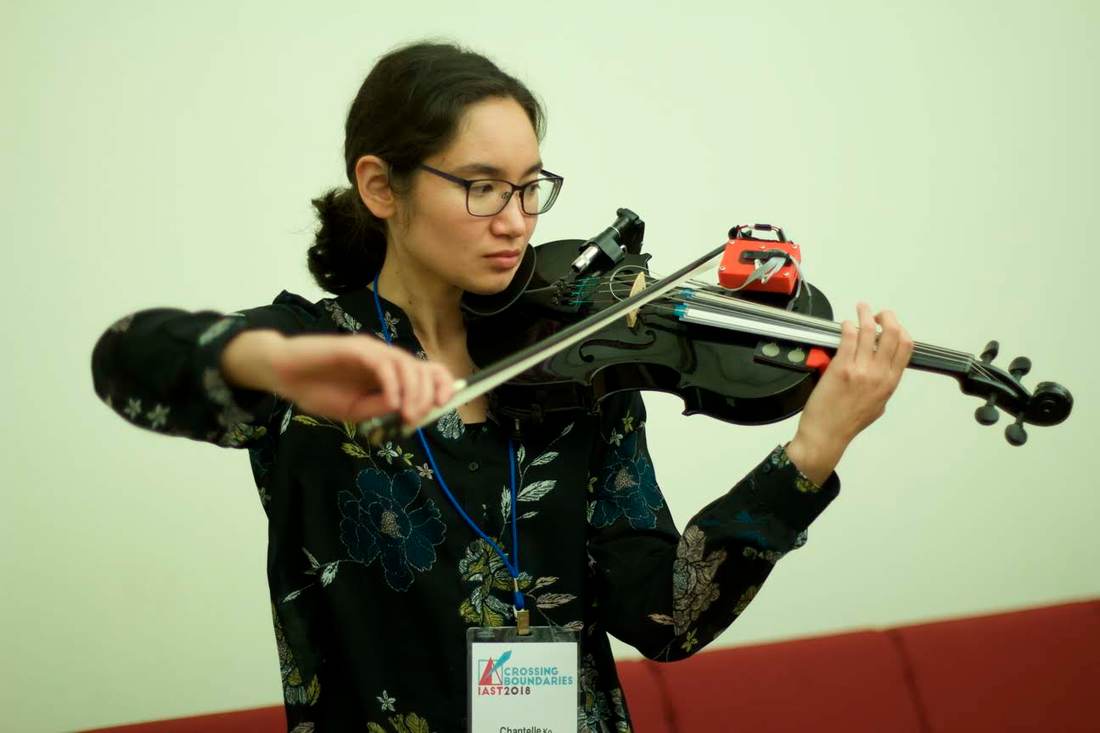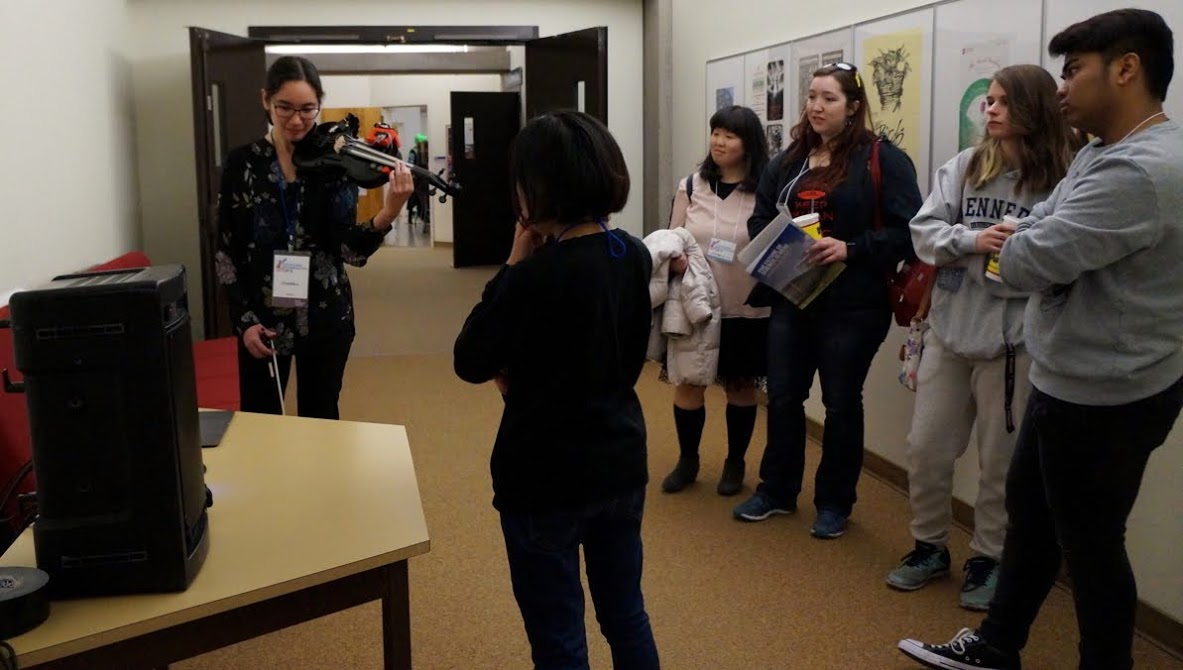|
I found out that I had two problems. One was that approximately half of my long breadboard is not working properly, so I had to squish my sensors onto a smaller breadboard that I am borrowing. My other problem was that if the headers on my arduino are perfectly straight, then they are actually not touching the connections on the board. I don't want to solder them down because that would create problems when I want to eventually attach the shield later on. So I used taped to pull them together and so the headers are leaning into the connections on the board. (I can hear the engineers grumbling at my outside of the box solution...)
Anyways... I've been slowly collecting all the parts I expect to need in order to start my TRAVIS II research. Before I get going on that I thought I should re-create my TRAVIS I setup to test out the softpots. Recap on why:
0 Comments
Leave a Reply. |
Welcome to the TRAVIS blog!If you would like to see a summary of my work, please click here. Archives
May 2022
Categories |
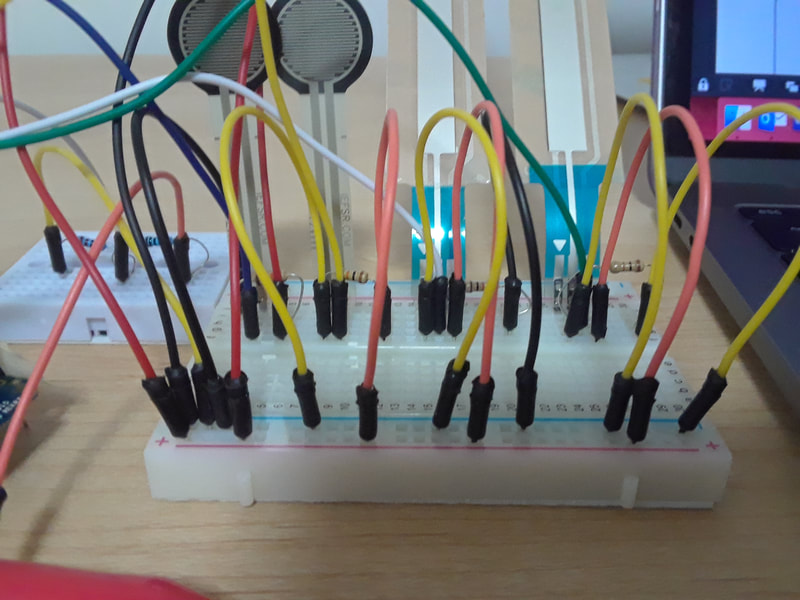
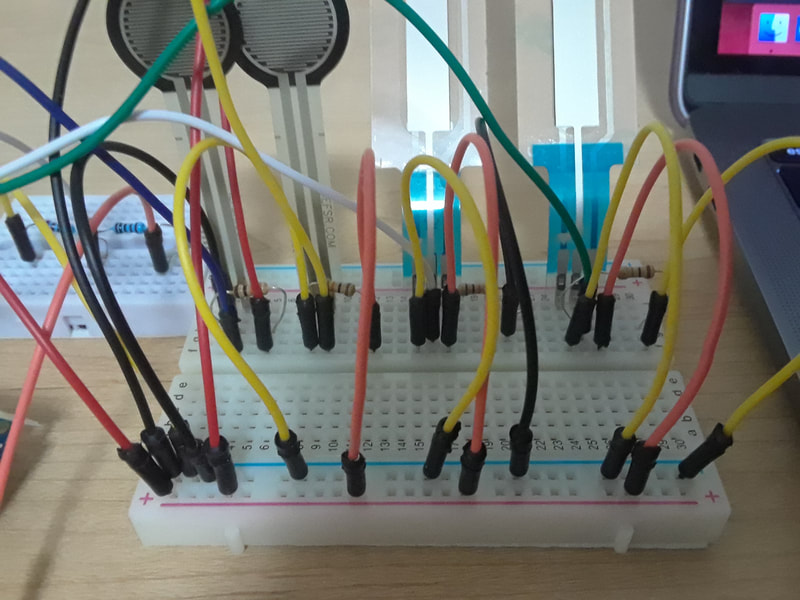
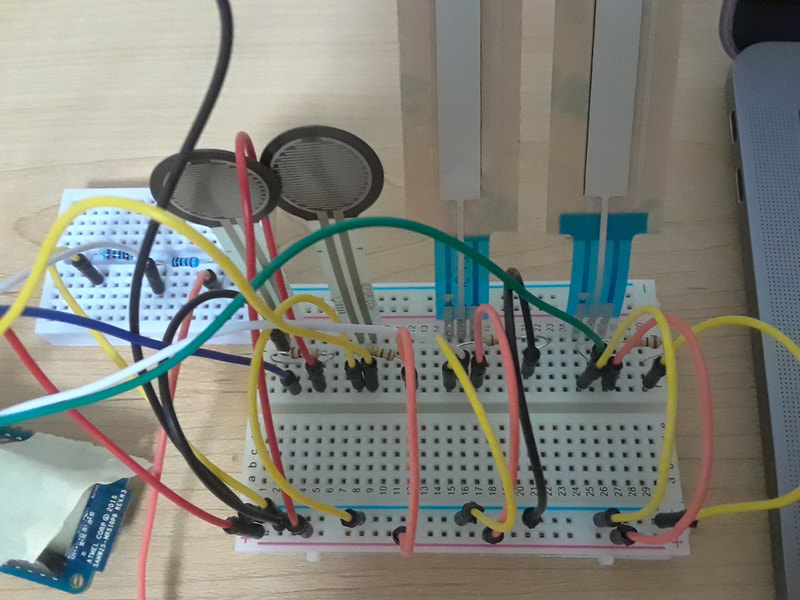
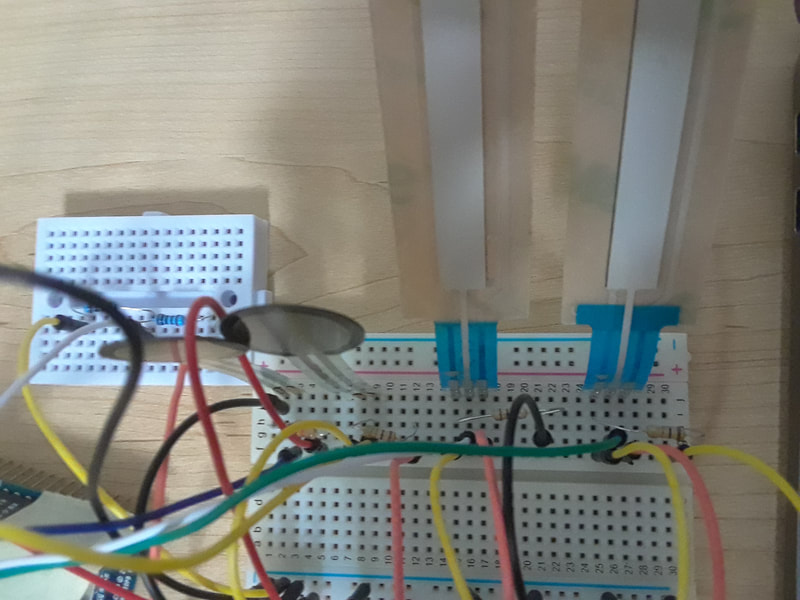
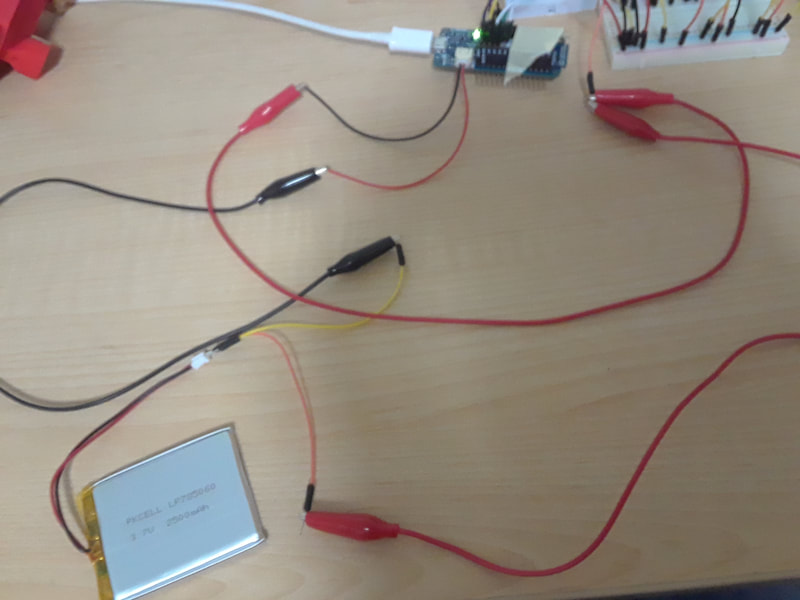
 RSS Feed
RSS Feed

